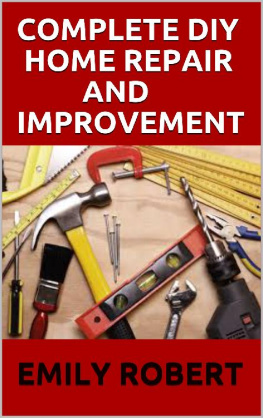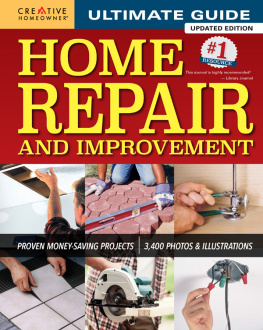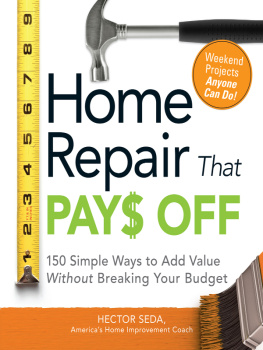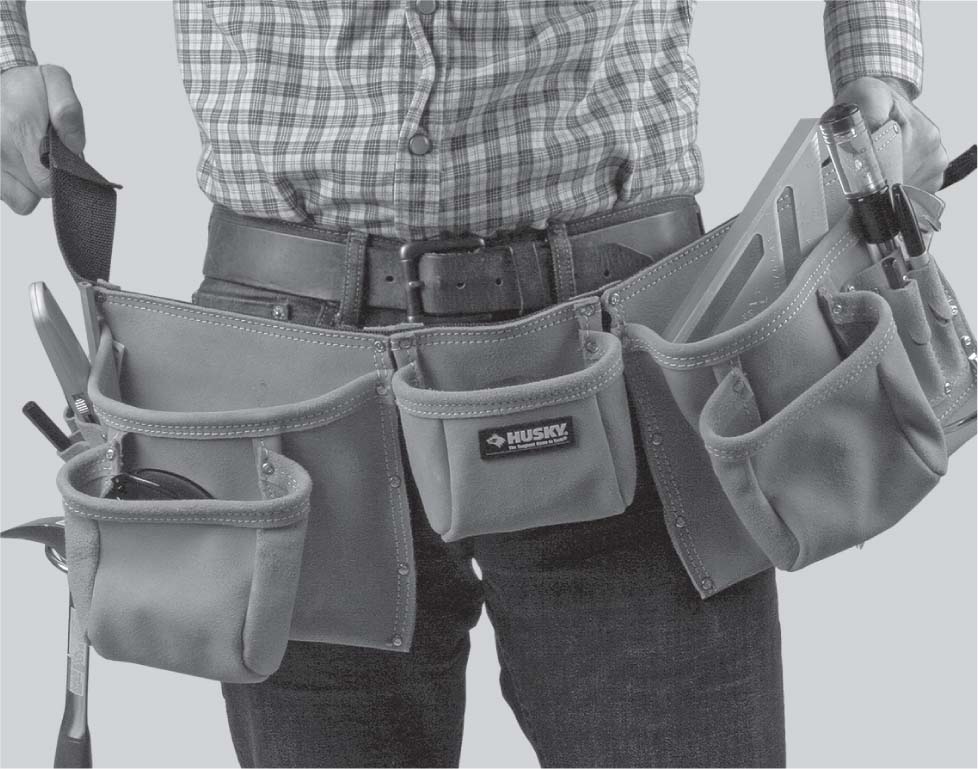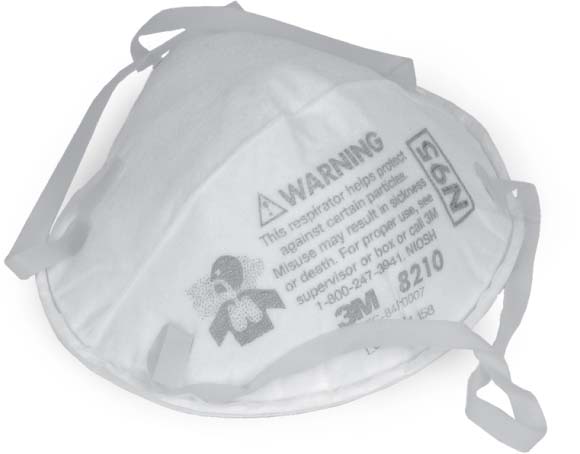Thank you for buying this ebook, published by HachetteDigital.
To receive special offers, bonus content, and news about ourlatest ebooks and apps, sign up for our newsletters.
About Your Safety: Homebuilding is inherently dangerous. From accidents with power tools to falls from ladders, scaffolds, and roofs, builders risk serious injury and even death. The authors have tried to promote safe work habits through these articles, but what is safe for one person under certain circumstances may not be safe for another under different circumstances. Do not try anything from this book without taking adequate safety measures. The publisher does not warrant or endorse the techniques and methods presented in this book, and the author and publisher will assume no liability for any injury or damage to persons or property which may result from the use or application of any of the contents of this book.
Copyright 2017 by The Taunton Press
Cover design by Carlos Esparza
Cover illustration Steven Noble
Cover copyright 2017 by Hachette Book Group, Inc.
Hachette Book Group supports the right to free expression and the value of copyright. The purpose of copyright is to encourage writers and artists to produce the creative works that enrich our culture.
The scanning, uploading, and distribution of this book without permission is a theft of the authors intellectual property. If you would like permission to use material from the book (other than for review purposes), please contact permissions@hbgusa.com. Thank you for your support of the authors rights.
Black Dog & Leventhal Publishers
Hachette Book Group
1290 Avenue of the Americas
New York, NY 10104
www.hachettebookgroup.com
www.blackdogandleventhal.com
First ebook edition: May 2017
Black Dog & Leventhal Publishers is an imprint of Hachette Books, a division of Hachette Book Group.
The Black Dog & Leventhal Publishers name and logo are trademarks of Hachette Book Group, Inc.
The publisher is not responsible for websites (or their content) that are not owned by the publisher.
The Hachette Speakers Bureau provides a wide range of authors for speaking events. To fi nd out more, go to www.HachetteSpeakersBureau.com or call (866) 376-6591.
Compiled by Waterbury Publications, Inc
Library of Congress Control Number: 2016957958
ISBNs: 978-0-316-36290-0 (trade paperback); 978-0-316-36288-7 (ebook)
E3-20170405-JV-PC
Contents
By Patrick McCombe
I was recently asked what I thought were the essential tools for greenhorn carpenters and what it would cost to buy them. Its a good question. I have my opinions, but so does everybody else whos been in the trenches. I asked several coworkers who are former carpenters, and we developed a list of core carpentry toolsspecifically, the tools that a carpenter needs often enough to keep in a tool belt, itself the first item on the list. I then headed to the nearest home center and bought everything on the list, with the goal of keeping the total within reason.
I got my start in carpentry more than 20 years ago, so although some of my choices are decidedly old school, my emphasis was on high-quality, affordable tools. You should feel free to choose tools based on your budget and on what feels right.
When you go tool shopping, buy good stuff, because theres nothing more frustrating than struggling with bad tools. Assuming you dont lose them, you might still be using some of them 20 years from now.
Whether youre a college student buying gear for a summer job, a foreman outfitting a new crew member, or an interested veteran, go to finehomebuilding.com/extras to let us know what you think belongs in a beginners tool belt.
1. CATS PAW Modern Japanese-style cats paws for pulling nails are a vast improvement over traditional styles. I prefer the style with cats paws on both ends of the tool, but those with both a cats paw and a pry or molding bar are equally useful.
2. NAIL SETS Youll want all three common sizes of nail sets for driving nails below the surface in preparation for filling. More expensive versions have color-coded rubber grips, which is nice but not necessary.
3. 25- OR 30-FT. TAPE MEASURE On the job site, being able to measure things that are out of reach is key, so pick a tape with a 1-in.-wide blade for longer standout. The 30-ft. (or longer) tapes are nice, but many are a frustratingly tight fit in a standard tool-bag tape holder.
4. HAMMER To me, it matters little whether the handle is wood, steel, or fiberglass, but choose a rip over a curved claw. A 20-oz. model with a smooth face is a good general-purpose choice.
5. RAFTER SQUARE Often called a Speed Square, a rafter square is made for marking straight and angled cuts on everything from rafters and joists to trim and siding. Choose one made from thick plastic or aluminum, as thin aluminum versions bend too easily. For another few dollars, you can get a square with a little book filled with rafter tablesprobably a good investment.
6. UTILITY KNIFE Retractable utility knives are good for cutting everything from felt paper and housewrap to insulation and drywall. I like this old-school Stanley because it fits in my belts holder, but models with a quick-change blade are a worthy upgrade.
7. 3-PIECE CHISEL SET More important than the chisel brand is learning how to keep your chisels sharp (look online at FineHomebuilding.com/extras). Youll need only one in your belt for cutting, scraping, and occasional prying, but having a set of -, -, and 1-in. widths should mean that at least one is always sharp.
8. CHALKLINE Chalklines are used for quickly marking long cuts and reference lines. Quick-return chalklines are worth the additional expense when youre snapping long lines like those for wall plates and roof shingles. Use blue chalk when the finished product requires a blemish-free surface; red chalk stains.
9. PENCIL Carpenters pencils are square so that they wont roll away. Carry two in your belt for when the lead breaks or if you drop one while on a ladder or at another inopportune time. Carry a permanent marker, too.
10. A TWO-POUCH TOOL BELT A carpenters apron is the uniform of the trade and the best way to keep your gear organized and within easy reach. Choose a rig with an easily adjustable belt because youll have to fine-tune the fit as you add or remove clothing during the day.
Dont Forget Safety Gear
While browsing the hand-tool aisle at a home center, I noticed that relatively little has changed since I outfitted myself more than 20 years ago. One important thing has changed, though: Safety glasses and ear protection are much better than they used to be. I wish I would have listened when people told me to wear hearing protection; my hearing is permanently compromised from noisy equipment and power tools.


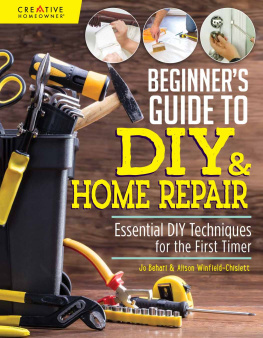
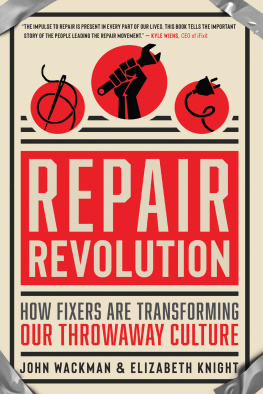
![Shanks - Essential bicycle maintenance & repair: [step-by-step instructions to maintain and repair your road bike]](/uploads/posts/book/235248/thumbs/shanks-essential-bicycle-maintenance-repair.jpg)
